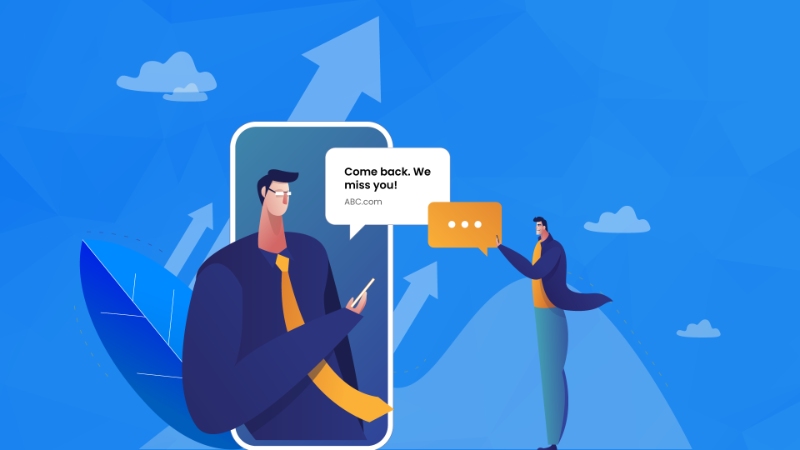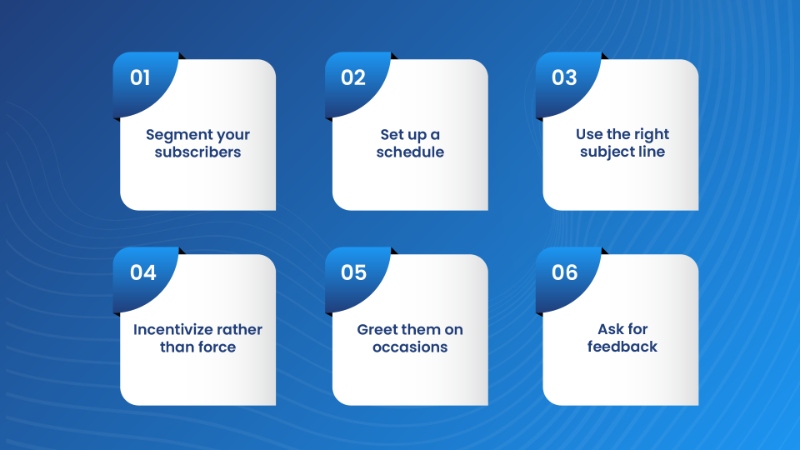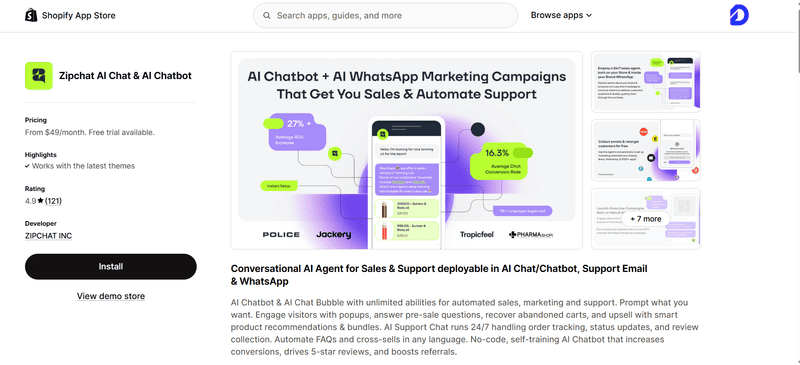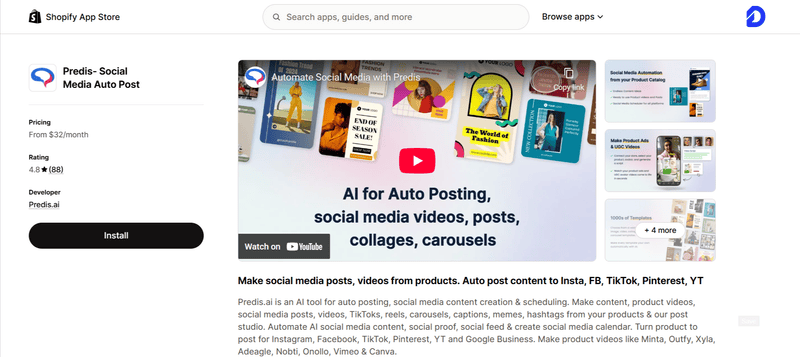
It is not uncommon for brands to never hear back from a customer once that first purchase has been made. Often, this is because the brands themselves don’t care enough to keep those customers engaged.
While it is important to actively engage customers immediately after they’ve bought from your brand, it takes considerably more effort to reconnect with customers who dropped off the radar after that first purchase.
Here are effective strategies for customer re-engagement to help you reconnect with customers who were interested in your business at some point, but haven’t been active in a while.
Contents
Why is customer re-engagement important for businesses?
Did you know that it will cost your business approximately five times more to bring in new customers than it will to retain existing ones? Studies also show that by increasing customer retention by 5%, you could increase revenues by 25% to 95%.
Effective customer re-engagement is an extension of post-purchase customer engagement and retention that enables you to activate customers who have bought from your ecommerce store in the past but haven’t connected with your brand in a while.
Setting up for customer re-engagement
The most important component to any post-purchase customer engagement, including customer re-engagement, is first party customer data.
First party customer data, for the uninitiated, refers to customer details such as their names, email addresses, physical addresses, dates of birth, phone numbers and more.
In a physical store, there are easy ways to get some of this information, such as offering free in-store wifi that requires their phone number and email address to access, or having conveniently placed kiosks that allow customers to enter their personal information to sign up for loyalty programs, discounts and rewards.
However, this could be more difficult when you operate an online business, especially if that business depends on third-party ecommerce websites like Amazon or eBay. This is because a lot of these platforms do not share first party data with businesses.
The workaround is to access first party data via activities such as product registration, and build a database to drive your customer engagement strategies.
Customer re-engagement strategies
We’re taking a deep dive into how you could leverage emails to re-engage with customers. Emails and messaging are two of the most useful tools you have available in your arsenal to re-target customers.
Here are some things to keep in mind while working on your customer re-engagement strategies.
This is not a one time activity. You will need to send a series of emails and messages to get the attention of customers who haven’t interacted with your brand in a while.
Expect only about 10%-14% of your customers to actually read your emails to begin with. However, with frequent but unobtrusive emails, you can expect engagement to improve. The reach of phone messages, however, is higher, with a reach of almost 98%.
Avoid using clickbait email subject lines and spamming customers with irrelevant content.
Always give your customers the option to unsubscribe from your emails and messages. While this may seem counter-productive, it actually goes a long way in building trust.
Here are ten tips to help you formulate effective customer re-engagement emails.

1. Segment your subscribers
The first thing you ought to do is sift through your customer database and segment it according to the level of engagement. After all, you do not want to target customers who are actively involved with your business in your re-engagement emails and messages.
We’d suggest you segment the database according to what the customers last bought from you, when they made that purchase, when they last visited your website and how long they’ve been inactive.
While this may thin out your database, it will help you target the right demographic with your customer re-engagement emails.
2. Set up a schedule
Decide on a timeline for your re-engagement process. This could be a couple of weeks to a couple of months at the most.
Be sure to alter the frequency and content of your emails and messages depending on the level of engagement. For example, if your content had a few product links with discounts, and the customer clicked on one of them, the product that they showed interest in should ideally be the focus of your next email.
3. Use the right subject line
The subject line you choose can have a direct impact on the open rates of your email customer re-engagement strategy. Here are some ways to make the budget line more impactful.
Personalize it by using the customer’s name in the subject line.
Do not hide the purpose of your email. It helps to be clear about the purpose of the email in the subject line, and maybe include a bit of emotion as well. These emotions could range from suspense and guilt to amusement, just as long as the clear intent is to create engagement.
4. Incentivize rather than force
Keep in mind that a CTA that offers a reward or incentive has a much better chance of re-engaging an aloof customer than simply trying to force them to visit your website.
Examples of nudges in the right direction include additional information about their last browsed products, personalized discounts and “Welcome back” offers.
5. Greet them on occasions
A great opportunity to reconnect with a customer who’s gone cold is to send them an email or message greeting them on special occasions. This could be for their birthdays, anniversaries or for a festive occasion.
These greetings show that you care about your customers even if they haven’t engaged with your brand in a while, and reminds them of their relationship with your business.
6. Ask for feedback
An essential part of customer re-engagement is to find out why your customer stopped engaging with your brand.
Asking for customer feedback may uncover areas of concern you didn't know existed, providing you with the perfect opportunity to make positive changes and mend fences.
Building and deploying customer feedback surveys is an efficient way to access this data. Social listening is also a great way to stay on top of what your customers have said and are saying about your business.
However, the most important part of this process is to actually act on the feedback you receive instead of sitting on the information.
When you react to the feedback you receive from customers who have gone cold, it shows them that their opinion matters, and influences them to re-engage with your brand once more.
Build the perfect customer re-engagement strategy with Dyrect
We at Dyrect have a three-pronged approach to ensure you can build the perfect re-engagement strategy.
Our scan and register product registration approach allows your customers to register their purchases while giving you first party data in a quick, efficient way that has a much higher reach than manual inserts and website forms do.
Create a customer database that you can seamlessly integrate with your marketing suite using our flexible APIs. Reach out to your cold customers via emails, messages and social media.
Create and deploy feedback surveys using our built-in feedback generator.
Book a demo with our experts today to learn more about how Dyrect can not just help shape your customer re-engagement strategies, but with post-purchase customer engagement as a whole.



